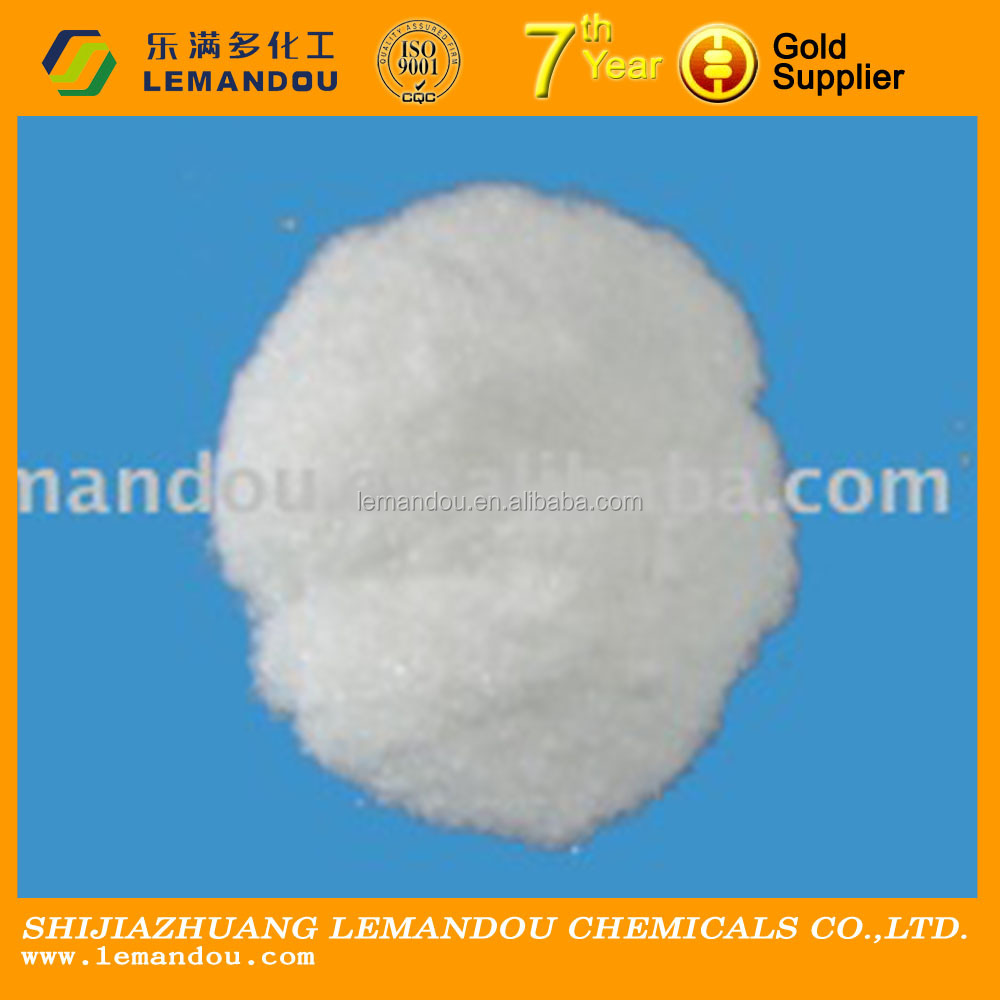Chloropylurea [1-(2-chloropyridin-4-yl)-3-phenylurea, CPPU], also known as chloropylurea, KT-30, etc., is a plant growth regulator of the class of cytokines. It can induce callus growth and promote sprout development before harvest. It has a significant effect on controlling postharvest leaf yellowing and postharvest diseases of various fruits and vegetables. For example, CPPU has a significant effect on delaying yellowing of cabbage heart and rice leaves. The toxic agent can induce acute transoral LD501510mg/kg in mice and acute transcutaneous LD50>10000mg/kg in rats. Mild irritation to rabbit skin. Ames test and micronucleus test showed no mutagenicity. Chemical properties The original drug (content above 85%) is a white solid powder, m.p.168 ~ 174℃. Soluble in acetone, ethanol, dimethyl sulfoxide, solubility in water is 65mg/L. Chlorfenuron is a phenylurea cytokinin, which can affect the development of plant buds, accelerate cell mitosis, promote cell enlargement and differentiation, prevent the fall off of fruits and flowers, so as to promote plant growth, early maturity, delay the aging of leaves in the later stage of crops, and increase yield. The main performance is: ① promote the stem, leaf, root, fruit growth function, such as used in tobacco planting can make the leaf hypertrophy and increase production. ② Promote results. It can increase the production of fruits and vegetables such as tomatoes (tomato), eggplants, apples, etc. ③ Accelerate fruit thinning and defoliation. Thinning fruit can increase fruit yield, improve quality, and make fruit size uniform. For cotton and soybeans, falling leaves make the Chemicalbook harvest easy. ④ When the concentration is high, it can be used as herbicide. ⑤ Others. Such as the drying effect of cotton, sugar beet and sugar cane increase sugar. Uses It is used as a plant growth regulator with cytokinin activity, which can promote cell division, differentiation, organ formation, protein synthesis, and photosynthesis. It is a phenylurea plant growth regulator with cytokinin activity, but its biological activity is 10-100 times higher than 6-benzylaminopurine. Widely used in agriculture, horticulture and fruit trees, promote cell division, promote cell expansion and elongation, promote fruit hypertrophy; Increase production; Fresh-keeping and so on. The preparation of 2-chloro-4-aminopyridine takes 2-chloropyridine as raw material. In acetic acid medium, hydrogen peroxide is used as oxidizing agent to oxidize to 2-chloropyridine n-oxide, nitrates 2-chloro-4-nitropyridine n-oxide with mixed acid, and then reduces to 2-chloro-4-aminopyridine by conventional method. Isonicotinic acid can also be used as raw material, isonicotinic acid n-oxide is produced by hydrogen peroxide, isonicotinamide n-oxide is produced by amination, and then chlorinated to 2-chloro-isonicotinamide, and finally 2-chloro-4-aminopyridine is produced by Hofmann degradation reaction. Preparation of phenyl isocyanate Aniline reacts with phosgene to produce phenyl isocyanate. Synthesis of 2-chloro-4-aminopyridine reacts with phenyl isocyanate to form chloropyriurea. Preparation method Di2-chloro-4-pyridinyl isocyanate was reacted with aniline to prepare chlorpyriurea. Preparation Method 3 2-chloroisonicoyl chloride reacts with sodium azide to form 2-chloroisonicoyl azide compound, and then reacts with aniline in a drying dish to form chlorpyriurea.
Post time: Jul-10-2024






